
Telecom System EMC
Studies on Compatibility Between Ultra-Wideband (UWB) Wireless System and Existing Systems
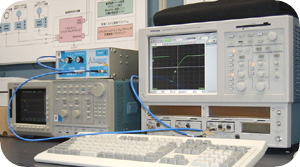
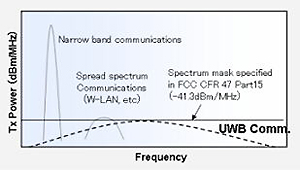
An ultra-wideband (UWB) wireless system represents a novel communication configuration offering transmission speeds that are faster than those of wireless LANs at short distances of up to approximately 10 meters. Although the power spectrum density of UWB is suppressed, the problem of EMI is unavoidable, since the UWB spectrum underlays spectrum allocations of existing wireless systems. The EMC Group is currently conducting various studies on compatibility between UWB and existing wireless systems.
Investigation Measuring Electromagnetic Disturbance Using Amplitude-Probability Distribution (APD)
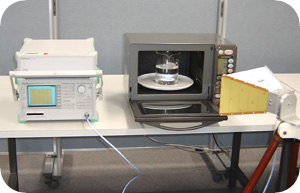
The amplitude probability distribution (APD) measurement technique is currently under examination as a method of measuring unwanted electromagnetic emissions leaking from electronic devices and electrical appliances. To help protect digital wireless communications and broadcasting services from electromagnetic disturbance and to promote a stable environment for radio-wave use, we have reported on the results of our research as a standard proposal to the International Special Committee on Radio Interference (CISPR), in addition to contributions to international standardization aimed at establishing techniques to measure electromagnetic disturbance.
Modeling of Electromagnetic Noise from Electronic Devices and Electrical Appliances and Investigation of Mechanisms of Interference
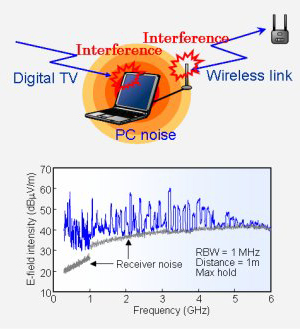
The electronic devices and electrical appliances in our everyday surroundings emit various types of electromagnetic noise. For example, a personal computer emits noise that stretches over several GHz in the frequency bandwidth. These sources of electromagnetic noise sometimes cause interference in wireless communication systems. In response, the EMC Group is currently modeling various types of electromagnetic noise and conducting a detailed investigation of the relevant mechanisms of interference in wireless communication systems.
Measurement of the Electromagnetic Environment
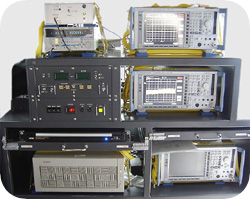
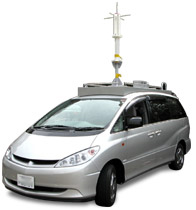
The EMC Group has developed a system for measuring electric field intensity through reception of radio waves in the 30 MHz-3.5 GHz range using a hybrid vehicle equipped with a tri-axial isotropic dipole antenna and three spectrum analyzer units. The three components of the electric field can be measured simultaneously while the vehicle is in motion, thereby allowing efficient and precise measurement of increasingly complex urban electromagnetic environments.